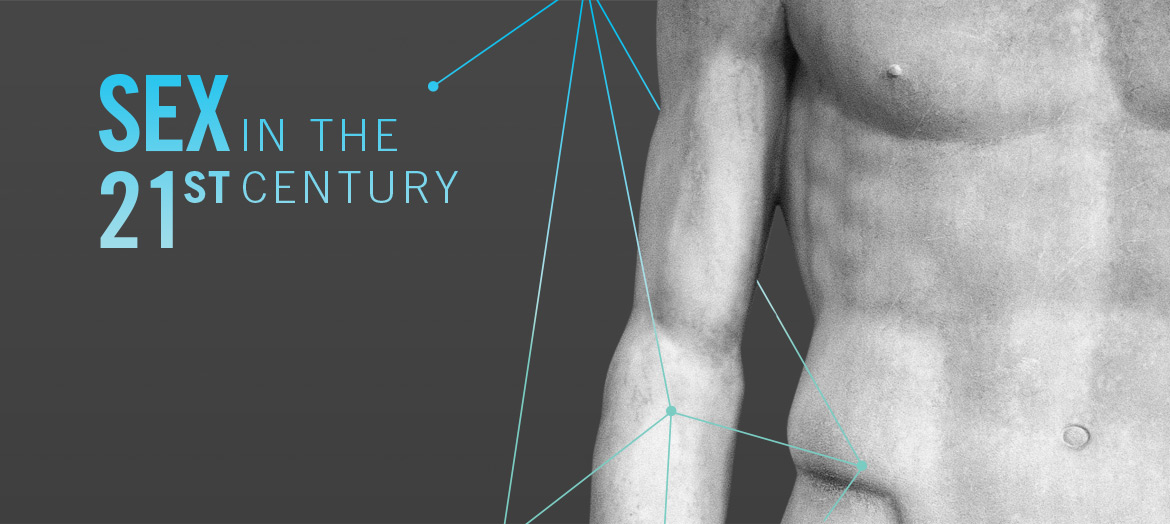Physical therapy
Physical therapy is a therapy that may be used for erectile dysfunction (ED), in particular for orgasm problems and after cancer treatment, in conjunction with other therapies. Pelvic floor muscles in the male attach from the pubic bone to the coccyx and form a saucer-shaped muscular structure that along with ligaments and fascial tissue provides support of the pelvic organs, promotes voluntary closure of the urethral and anal sphincters and plays a role in male sexual function. Erection involves participation of the bulbocavernosus and ischiocavernosus skeletal muscles. Ejaculation consists of seminal emission. Orgasm involves rhythmic contraction of the bulbocavernous and ischiocavernous muscles when it is perceived as pleasurable.
Pelvic floor disorders exist if the pelvic floor muscles are too strong (high tone) or too weak (low tone). Low libido, decreased orgasm, and decreased overall sexual satisfaction may be associated with pelvic floor disorders. Men who have chronic pelvic pain syndrome often also have an associated sexual dysfunction, including erectile dysfunction, premature ejaculation, and painful erection and orgasm. Prostatitis-like symptoms typically include problems associated with high tone pelvic floor dysfunction. These incorporate musculoskeletal pain, myofascial pain syndromes, or functional somatic syndromes. Factors contributing to sexual dysfunction in patients with chronic pelvic pain syndrome include depression, the use of antidepressants, negative body image, negative self-esteem, relationship concerns and associated co-morbidities, especially if there are accompanying bowel or bladder symptoms.
An important part of physical therapy is to teach the patient how to normalize muscle tone. Pelvic floor hypertonus or high muscle tone dysfunction is a component of sexual pain. The physical therapy intervention generally consists of evaluation and treatment with education and cognitive behavioral therapy, exercises, manual therapy techniques and modalities including pelvic floor biofeedback and electrical stimulation. Physical therapy provides treatment to restore function, improve mobility, relieve pain, and prevent or limit permanent physical disabilities of patients suffering from injuries or disease. Pelvic floor biofeedback has been studied and found effective in the treatment of men with chronic pelvic pain syndrome. Physical therapy that includes pelvic floor biofeedback and manual therapy techniques should be considered in the treatment of male chronic pelvic pain.
